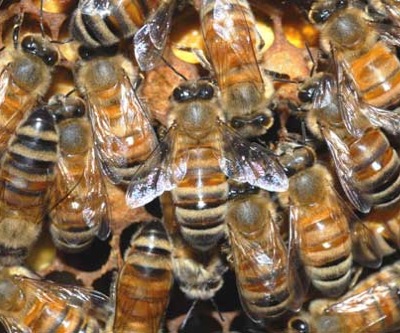
A new study published in the journal Biological Conservation suggests a fresh way for coal-burning firms to clean up their tainted reputation.
According to Czech researchers, who have been studying bees and wasps for more than 10 years, some of their country’s endangered species, including four insects that had been presumed regionally extinct, have showed to thrive in the ash heaps at coal-fired power plants.
In the paper, the experts said they found 227 species of bees and wasps, including 35 that were endangered or critically endangered, living at two power plant sites in the Czech Republic.
Other than being key pollinators, those insects are valuable as predators and parasitoids for controlling agricultural pests.
“The evidence is accumulating,” the authors write, “that various post-industrial barrens, such as quarries, gravel pits, spoil heaps and brownfields, often harbour biotic communities of high conservation value, providing refuges for many species vanishing from human-affected landscapes.”
According to lead author Robert Tropek, an entomologist with the Czech Academy of Sciences, the phenomenon of species forced to find refuge among industrial waste is also common in the US.
However, several studies at power plants, such as one conducted last year in South Carolina, show that birds nesting around coal fly ash basins inadvertently contaminated their young with arsenic, selenium, cadmium, and strontium.
In other words, they are attracted to the ashes, but they don’t get out of them.